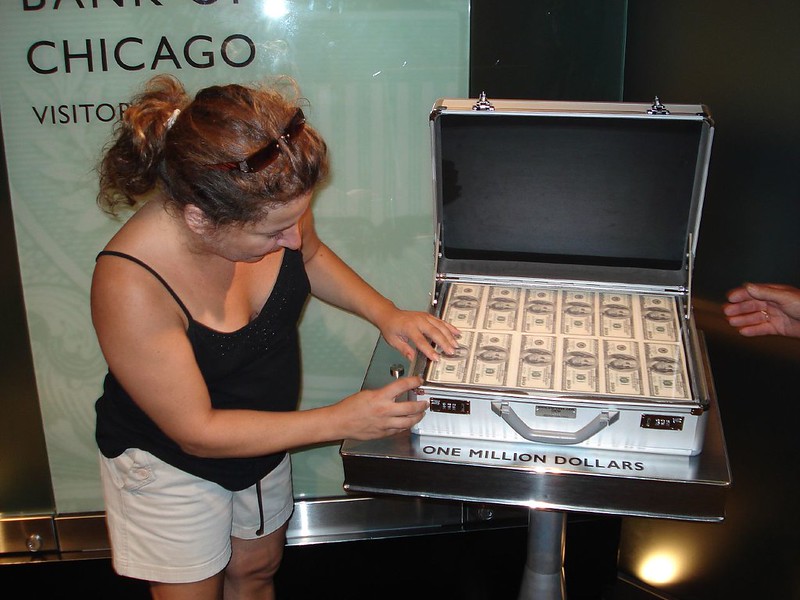How To Find Zeros Of A Polynomial Function

The number 1 one thousand thousand consists of half-dozen zeros. This figure doesn't contain decimal points. One million is as well referred to equally i one thousand thousand, and a comma is used to separate the digits. It's written as 1,000,000. According to the Academy of California, Los Angeles, anthropological studies of primitive tribes accept yet to bear witness or reveal a club that lacked the understanding of numbers.
Humankind's demand for a better understanding of the numerical properties of objects might have arisen from their daily occupations. This lead to using their fingers to represent numbers. To this day, this matching principle for indicating a finger for each item is referred to every bit one-to-one correspondence. In this guide, you'll larn different number systems and how you tin can represent a given ready logically using digits or other symbols.
Factorization
Factors of a number are numbers that can evenly separate into another number. Thus, factorization involves writing numbers as the product of their factors. This can be achieved using the prime factorization method (prime number numbers are only divisible past one and itself). The method involves dividing the number past its prime divisors until the number one remains. For example, if you apply this method, the factors of 1 million are:
i,000,000 = 2×two×2×2×2×2×5×5×5×5×5×5
= 26 × 56
R oman Numerals
Roman numerals appointment dorsum to as far as 800 B.C. Rather than using the one-to-one correspondence, Roman numerals were invented for counting larger quantities. This numeral representation method features the arrangement of vii letters into a multitude of combinations to form pocket-size and large numbers. The letters can be written in upper-case or lower-case. For example, the letter M is the Roman numeral for i thousand. The letter for meg would be M with a bar over it (the bar represents times m).
D ecimal Number System (Base-10 Number Organisation)
This system features a base-ten representation since the numbers are represented using 10 digits from zero to ix. The positions in the decimal number system are represented in units, tens, hundreds, thousands, and so on, starting from the left side of the decimal point. These are the place-value positions of the numbers. For instance, the number 1,000,000 consists of six zeros in the unit, tens, hundreds, thousands, ten thousands, and a hundred thousands position. The digit i is in the millions position. The number one one thousand thousand tin can thus be written equally:
(1×1,000,000) + (0×100,000) + (0×ten,000) + (0×ane,000) + (0×100) + (0×10) + (0×1)chiliad
(1×106) + (0×105) + (0×104) + (0×103) + (0×102) +(0×101) +(0×100)
= 1,000,00010 or 1,000,000
B inary Number System (Base-Two Number System)b
The binary number system involves writing a number in the grade of two digits: ane and aught. It's possible to catechumen any number into binary and vice versa. For instance, the binary representation of one million is 111101000010010000002. The employ of base-2 signifies a radix of two.
O ctal Number System (Base of operations-Eight Number System)
In the base-eight number organization, digits from nix to 7 are used to stand for numbers. This arrangement is often used in computer applications, and uses the same conversion principle every bit the decimal system, merely uses base of operations-eight. For case, ane million is 36411008 in octal representation.
Hexadecimal Number System (Base-16 Number Organization)
The hexadecimal number system uses base of operations-16 to represent numbers. This means the numbers are first in base-10 representation then represented in messages from A to F. Thus, F424016 is the hexadecimal representation of one million.
Source: https://www.reference.com/world-view/many-zeros-one-million-c1b97ca2148e03e5?utm_content=params%3Ao%3D740005%26ad%3DdirN%26qo%3DserpIndex
Posted by: fluddrainglevers.blogspot.com


0 Response to "How To Find Zeros Of A Polynomial Function"
Post a Comment